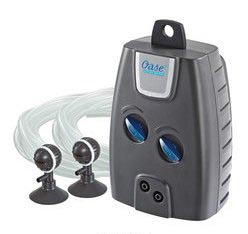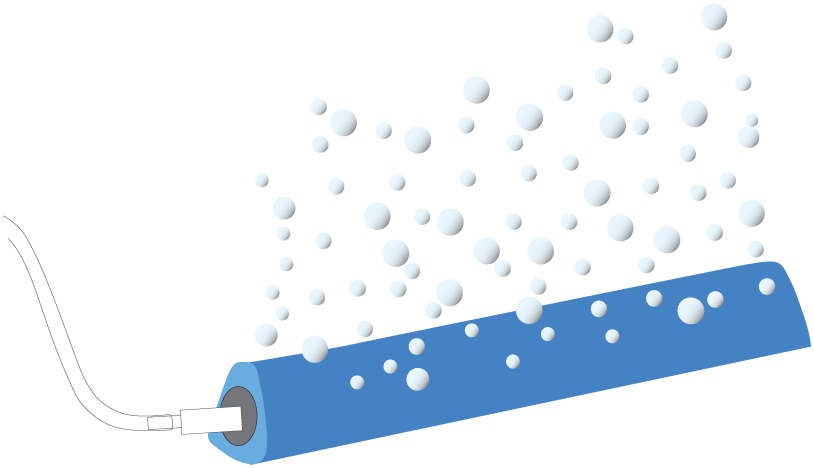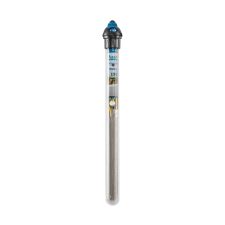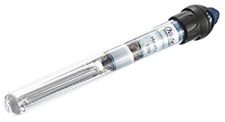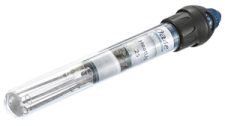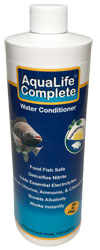1. Saltwater Quarantine Tank and Treatment
At one time or another, every hobbyist will have problems with disease and measures must be taken to resolve the problems. A small investment in a quarantine tank will quickly pay for itself. Treatment of sick fish in a quarantine tank will require smaller doses of medications and make water changes easier. By isolating fish for treatment, more delicate species are not at risk from exposure to inappropriate medications and the biological filter in the main tank remains intact. Further, quarantine tanks do not limit the types of medications that can be used.
Quarantining all fish bought online is mandatory. We recommend only buying fish from local reputable stores. We quarantine and treat our fish, which we sell locally only, for up to 14 days depending on if it is freshwater, Saltwater and where it comes from. In addition, we only sell and you should only buy fish that are actively eating. Treating fish after shipment and preventing disease is far better than treating fish after they break down or get sick.
Note! With Saltwater water changes are done with prepared synthetic sea salt that can be made or bought from the local store in 5 gallons or 2.5 gallon jugs which is Aquavitro Salinity. Fritz RPM is also a good salt for this application.
Setting Up a Quarantine Tank
The ideal quarantine tank should consist of a 5 to 30 gallon aquarium with a lid or glass top if the fish types being treated are jumpers. A light is not mandatory.

Lights are best left off during treatment but can be used for periodic viewing of fish if needed. This is less stressful to the fish. The size of the tank depends on the size and quantity of fish being treated. Betta fish can be treated in a gallon of water but this would not be advisable for cichlids or larger saltwater fish. Instead of for 5 gallons or larger.
Filtration for a Quarantine Tank
The aquarium should be filtered with air driven filter(s). They should be Hydra Aquatics Sponge Filters along with optional internal filters like those from UP Aqua.




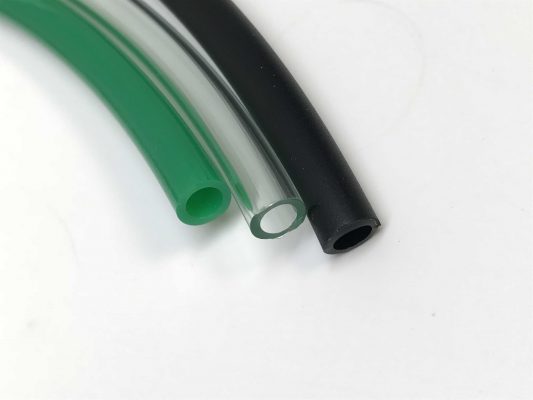
A small air pump should be used to power the internal filters and an optional airstone. An OxyMax 400 Air Pump or better yet a Hydra Aquatics Silent Giant air pump are the best choices. There are air pumps for must budgets that will work. Make sure and use an airline check valve to prevent the water from back siphoning if the air pump is placed below the water line. On more heavily loaded systems or when more than one fish is being treated, this small pump can power an addition internal box filter or sponge filter. An internal box filter is perfect for using seeded aqualife BioMatrix or other biological media that is seeded with bacteria from the main aquarium. This unit can be packed with floss for mechanical filtration, as well.
Note! Do not use carbon or chemical filtration in a quarantine tank. It will remove the medication.
Heater for the Quarantine Tank
A good Heater is a must in the quarantine tank. Oase makes a good heater for this application. Buy a submersible heater you can easily adjust. Often quarantine tanks are run at elevated temperatures which help with some disease treatment. The tank should be kept at at least 78 degrees for treatment.
Decorations for a Quarantine Tank
Provide shelter for the fish but do not use gravel or calcium based rocks of any type. Nothing that calcium based should be used. Plastic ornaments, plants, ceramic ornaments and large pvc pipe fitting are the fine. Nothing that could absorb medication or be hard to clean should be used.
-
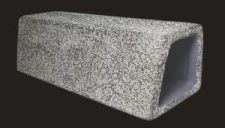 Pleco Spawning Cave – Stone Grey$13.22
Pleco Spawning Cave – Stone Grey$13.22 -
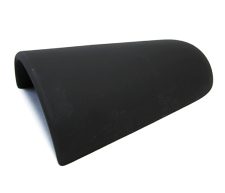 Half Cone Cave$11.54
Half Cone Cave$11.54
Water Treatment, Conditioners, and Quarantine Best Practices
Water in the quarantine tank should be treated with aquaLife Complete unless copper is being used. If copper is being used use aquaLife Procondition to help reduce stress, make tap water safe, heal any wounds, and remove ammonia.
Vitamins and appetite stimulants added to the water are also important during quarantine and treatment. These additives help prevent nutritional deficiencies that often occur in sick species that are not eating properly. Hypergarlic and BioPro plus should be used in the aquarium and on the food.
Other items that are helpful and needed.
A Thermometer is needed to make sure the temperature is correct in the tank and to make sure the water is at the right temperature when doing water changes.
Remember, always test ammonia and nitrite levels during treatment. If ammonia and nitrite levels increase, as is often the case when antibiotic medications are used, do water changes every other day to reduce their levels and re-medicate. Although it is usually easy to see when fish are stressed or the water is fouled, Seachem Ammonia alert will provide you with a quick visual to determine when the ammonia is high and the water needs to be changed and retreated.
Another quarantine method to consider for larger fish and saltwater
For another method we like, see how Jake Adams quarantines his saltwater fish in this post. This setup uses a Tidal filter internally and a standard aquarium with no lid. This would also work well with a larger rimless aquarium. Note the water level is kept low. That is ideal. It keeps fish in and saltwater spray from escaping as badly. Jake also uses a Seachem Ammonia alert and and Aquatop magnet thermometer. He mentions a bacteria product but we prefer Activate by aquaLife. Bacteria is not needed if antibiotics are being used. In addition, seeded BioMatrix works best. Take buy it from a local store or take some from an established aquarium and put it in the Tidal.
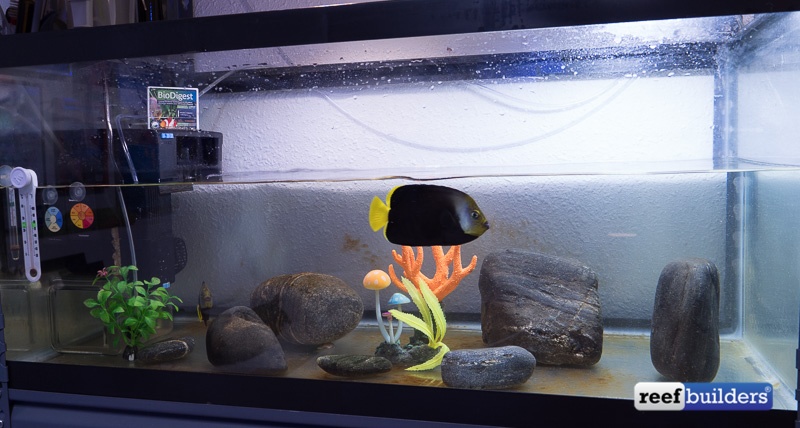
Go Back to Freshwater Disease Chart
Go to Saltwater Disease Diagnosis

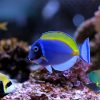 Marine Fish Tank Ultimate Setup Guide “Fowlr” Fish only with live rock
Marine Fish Tank Ultimate Setup Guide “Fowlr” Fish only with live rock